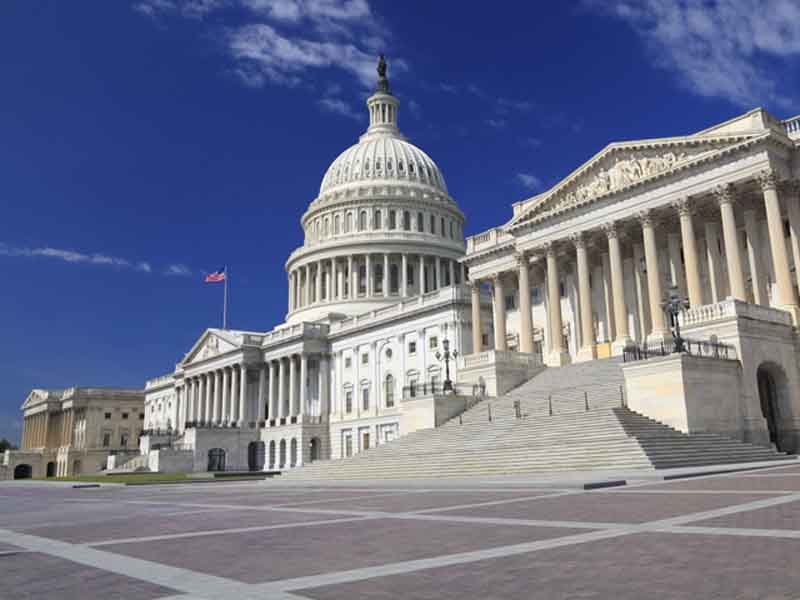AAFP Lauds Senate Bill Targeting Medicaid Pay Parity
Legislation Is Latest Effort to Boost Primary Care Access
June 7, 2021, 9:21 p.m. News Staff ― Just days after 280 AAFP members met with members of Congress as part of the AAFP Family Medicine Advocacy Summit, the Academy’s lobbying yielded results: legislation, introduced May 27, to restore Medicaid payment parity.

The Ensuring Access to Primary Care for Women and Children Act of 2021 (S.1833) would match Medicaid payment rates for primary care clinicians to at least those of Medicare. It also would ensure that Medicaid payment rates rise to those of Medicare during any future public health emergency and for six months afterward.
The Academy and three other medical organizations welcomed the legislation in a May 27 letter, saying it would “help strengthen our nation’s primary care infrastructure and preserve critical health care access for Americans as our country rebounds from the COVID-19 pandemic and in the event of future public health emergencies.”
The letter was addressed to the bill’s co-sponsors, Sens. Sherrod Brown, D-Ohio, and Patty Murray, D-Wash., who introduced versions of the legislation in previous sessions, most recently last summer. The Academy’s co-signatories were the American College of Obstetricians and Gynecologists, the American College of Physicians and the American Osteopathic Association.
Echoing points made by the Academy this past March, when it called on House members to pass similar legislation, the letter reminded lawmakers that Medicaid has been critical to the nation’s pandemic response. The program covers some 20% of Americans, including vulnerable populations such as low-income children, pregnant women, families, adults with disabilities and patients “uniquely susceptible to COVID-19 and a host of other adverse health outcomes.”
At the same time, pandemic-induced under- and unemployment last year led Medicaid and CHIP enrollment to increase by 8 million people, driving a significant spike in demand for primary care clinicians in the program.
“Increases in Medicaid enrollment pose challenges for physicians who have to choose between the financial viability of their practice and their ability to provide care to the growing number of Medicaid beneficiaries,” the groups wrote. “The low payment rate for Medicaid services compared to that of Medicare or private payers exacerbates the financial instability of physician practices that accept large numbers of Medicaid patients. Nationwide, Medicaid pays an average of 66% of the Medicare rate, with some states paying as little as 33%.
That lack of rate parity, the Academy and its co-signatories warned, “threatens access to primary care services in areas hardest hit by COVID-19,” leading to potential practice closures.
That makes passage of S. 1833 crucial, the letter said. The legislation “would return Medicaid payments for primary care services to Medicare payment levels for two years and expand the number of clinicians eligible for this increase to ensure that all Medicaid enrollees have access to the primary and preventive care they need.
“It is critical that the Medicaid program be able to respond to take on any qualified new individuals and ensure physicians have the means to serve these new patients.”